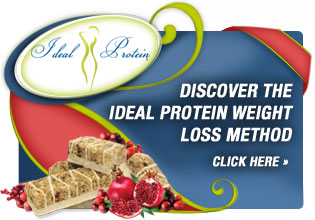By Nina Nethery
www.LoCarbDiner.com
By now, you have probably heard all about low carbohydrate dieting. You’ve watched your friends and co-workers drop the pounds, and they have seemed just as astonished as you are! “How can anyone give up potatoes, bread, rice and pasta?” you ask. “Everyone knows you can’t eat sweets when you’re dieting, but what’s this about giving up fruit! And why in the world can’t you eat corn and carrots and black beans?”
Let’s start with the basic principle underlying low carb eating. When your body needs energy, it burns carbohydrates first, and fat second. If your body can’t find any carbohydrates to burn, it will burn fat. Burning fat is a good thing – when you have too much of it hanging around! To help your body burn off excess fat, stop eating carbohydrates. It’s that simple.
Next, understand that most carbohydrates turn to sugar in your body. Anything that tastes sweet – fruit, corn and carrots, for example – certainly has sugar in it! Anything that tastes starchy is also going to turn to sugar – black beans and green peas, for example. Fluctuating sugar-levels in your body will interfere with any attempt to normalize your metabolism.
Not all carbohydrates are created equal, however. Some carbohydrates pass through your body without sticking to it! Fiber is the primary example. Similarly, sugar alcohols such as maltitol, commonly used in sugar-free candy, pass through without being metabolized. Low carb dieters learn to subtract out fiber and sugar alcohols when they monitor their daily carbohydrate intake.
Fat is no longer Enemy #1. When you start reading food labels with the eyes of a low-carber, you’ll discover that low-fat almost always means high-carb. Compare the carbs in low-fat cottage cheese to regular cottage cheese, for example. Can you guess how the food manufacturers make low-fat foods taste good? That’s right – they add sugar!
Our bodies do need some fat to enhance our immune systems, protect our livers, and help build strong bones. Low-carb dieters feel free to eat some fatty foods that low-fat dieters may shun such as beef, pork, cheese, eggs, butter, heavy cream, and many salad dressings. The latest research is targeting trans fats – not saturated fats – as the health hazard. Trans fats are vegetable fats that have been molecularly altered by heat and hydrogenation. Most margarines, for example, are made from trans fats. To avoid trans fats, check food labels for hydrogenated oils and polyunsaturated fatty acids. Soon, the Food and Drug Administration may require all trans fats to be reported on food labels.
The best news of all about low-carb dieting is that your appetite and cravings will be significantly reduced. It’s the carbs and the resulting fluctuations in blood sugar levels that make you feel hungry. You’ll be amazed at how well cutting the carbs will work for you!As an added bonus, you’ll feel so very much better when your sugar-levels are low and stable.
Note: Much of the information for this article came from the Atkins Center website, www.Atkins.com. Please visit this site for more information. LoCarbDiner.com is a certified Atkins Retail store.
|
|

